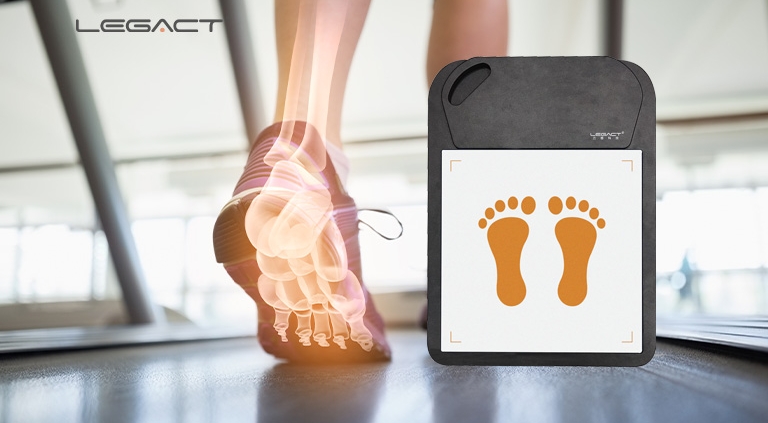Thin-film pressure sensors, known for their high sensitivity, lightweight design, and durability, show extensive potential in track detection. These sensors can accurately sense and record pressure changes on the track, providing detailed data analysis for runners and related personnel to improve performance and safety.
Key Advantages
High Sensitivity: Thin-film pressure sensors can detect the subtle pressure changes exerted by footsteps while running, providing precise pressure data. This high sensitivity can help runners optimize their gait and improve running efficiency.
Lightweight Design: Thin-film pressure sensors are thin and lightweight, making them easy to lay on the track surface or embed in running shoes without affecting the runner’s performance while ensuring accurate data collection.
Durability: Made from high-quality materials, thin-film pressure sensors can maintain stable performance under various weather conditions and frequent use, ensuring the reliability and long-term effectiveness of track detection.
Real-Time Monitoring: Thin-film pressure sensors can monitor pressure changes on the track in real time, providing immediate feedback to runners and coaches to help adjust running posture and prevent injuries.
Application Examples
Gait Optimization: By placing thin-film pressure sensors on the track, real-time monitoring of runners’ foot pressure distribution can be achieved, analyzing their running posture. Coaches can use this data to provide specific advice to runners, helping them optimize their gait and improve performance.
Injury Prevention: Thin-film pressure sensors can detect abnormal pressure distribution during running, identifying potential issues that could lead to injuries. Runners can adjust their running posture based on the feedback from the sensors, reducing the risk of injury.
Track Wear Monitoring: Placing thin-film pressure sensors on the track surface can monitor track usage and identify high-wear areas. Management can use this data to perform timely maintenance and repairs, extending the track’s lifespan and ensuring runner safety.
Personalized Training Plans: By analyzing pressure data from different training stages, coaches can create personalized training plans for each runner. These plans can help runners gradually improve their athletic ability and avoid overtraining-related injuries.
Future Outlook
As technology continues to advance, thin-film pressure sensors will play an increasingly important role in track detection. Their high sensitivity, lightweight design, and durability make them ideal for optimizing running posture, preventing injuries, and extending track life. In the future, with further technological advancements and cost reductions, thin-film pressure sensors will be applied in more sports scenarios, driving the development of sports science.
Conclusion
The application of thin-film pressure sensors in track detection provides essential data support for runners and management personnel. Through precise pressure monitoring and analysis, thin-film pressure sensors help runners optimize their posture, prevent injuries, and provide scientific basis for track maintenance. As technology advances, thin-film pressure sensors will show broader application prospects in various fields, promoting the development of sports science and track management.



